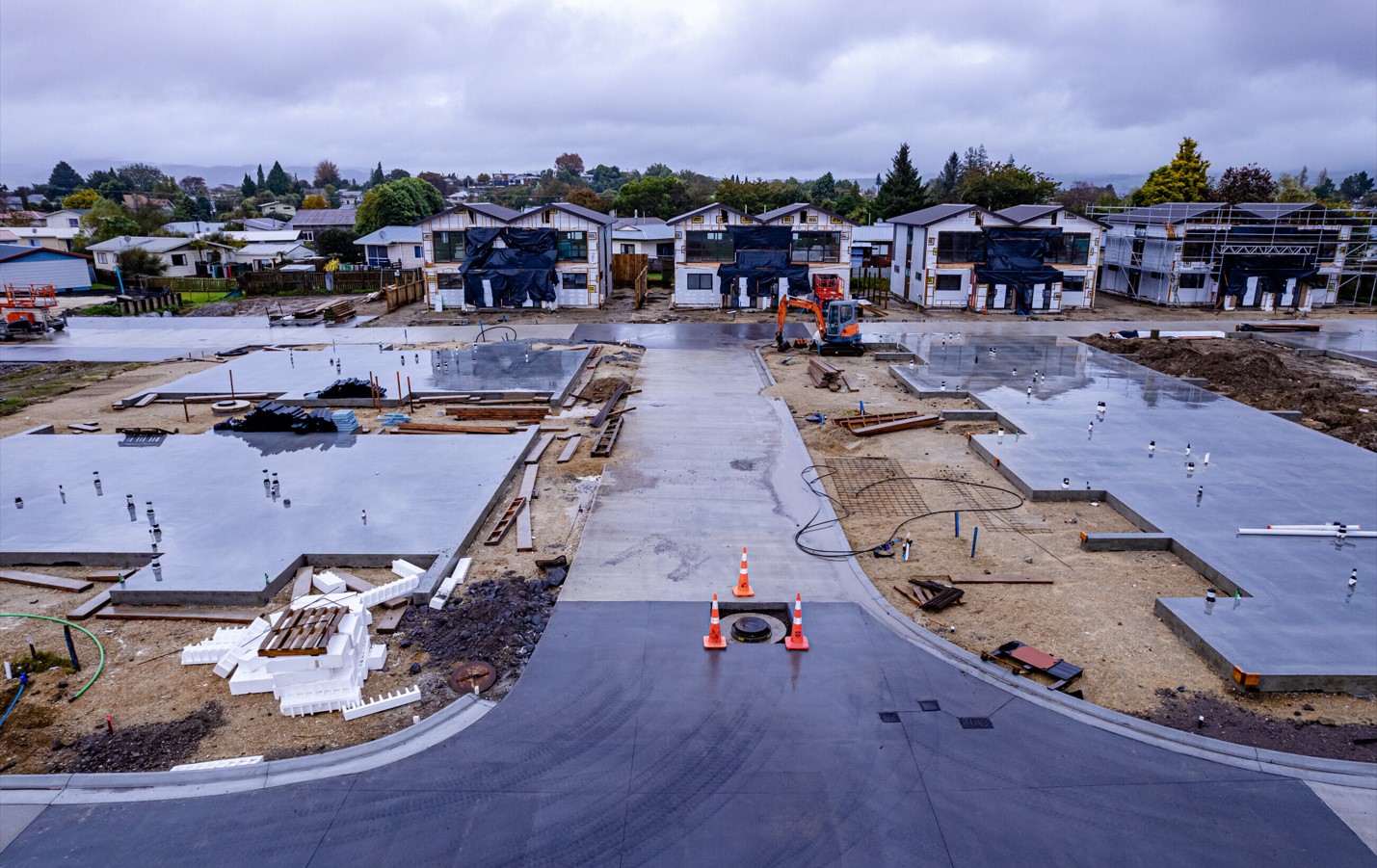Urban ground truths: Valuing soil and subsoil in urban development

Construction site for a housing development in Rotorua. Rod Hill, Truestock.
Healthy soil is essential for the provision of urban green space. The biophysical services that green spaces provide, such as stormwater filtering and storage, heat mitigation and air filtration, all rely on an adequate volume and depth of healthy soil.
Yet many of our new residential developments may not have enough healthy soil to support these services.
In his latest report, Urban ground truths, the Commissioner investigates what happens to soil in the course of the urban residential land development process. The report identifies practices undermining the health and extent of soil in new subdivisions and infill developments, as well as market and regulatory drivers behind these practices.
It also makes several recommendations for better protection of this important asset.
- National guidance should be provided on urban soil and the services it supports, including clarification for councils on their role in soil conservation. Guidance should include recommended depths of topsoil and subsoil in urban green spaces.
- Councils should look at incentives to encourage developers to conserve and protect soil and reuse soils on site where possible.
- Territorial authorities should be required to undertake prior planning for stormwater management for urban growth using tools such as integrated management catchment plans.
This report follows up on findings made during the Commissioner’s 2023 enquiry, Are we building harder, hotter cities? The vital importance of urban green space.


